Benefits of Buying Educational Toys For Children
Play is a big part of growing up, but it’s also crucial to promote learning. Every child’s home must have toys, and the best toys to combine learning with fun are those that are educational. They can range from straightforward playthings like wooden block puzzles to more sophisticated ones like kid-friendly computers, coding robots, and elaborate ride-on cars that teach kids problem-solving, fine motor skills, and other things.
A child will own and play with more toys throughout their lifetime than they could possibly imagine. However, parents in particular value educational toys. Thank goodness, there are options for every age group—from infants to teenagers—and at every price range. They include both sophisticated toys with a clear educational purpose and simple toys that you might not even realize have educational value. However, they all share the crucial characteristic for a toy: they’re entertaining.
In this article, we’ll talk about what constitutes an educational toy and the advantages they have for kids of all ages.
What defines educational toys?
A toy can be considered educational if it aids a child or toddler in learning a new skill. For young children, this may include developing fine motor skills, while for older children it might include learning to code. Most toys have some educational value when used properly, or at least they can. For instance, if a child is just throwing a set of blocks around the house, they aren’t really learning anything. It’s a completely different story, though, when they start arranging, stacking, grasping, and identifying writing, pictures, and colors on them.
Working with a parent or other caregiver helps a child get the most out of educational toys. But in some circumstances, children learn independent thinking by solving problems on their own.
The benefits of educational toys
Educational toys have a variety of advantages, and each advantage varies depending on the toy in question. However, some of the most well-liked categories of educational toys share some common themes.
Hand-eye coordination
Children can begin to develop and refine their hand-eye coordination with the aid of educational toys. Anyone with a school-aged child has probably heard them make the claim that video games are beneficial because they help them improve their hand-eye coordination. And there is some validity to that.
Kids can learn to manipulate physical toys by playing in an activity gym, pressing buttons, inserting objects into slots that are the right size, or even participating in a sport that teaches them to keep their eye on the ball. With the help of electronic games, kids can practice these skills and develop their reflexes, acute awareness, and reaction times virtually.
Fine motor skills
The development and enhancement of young children’s fine motor skills is a key focus of many educational toys, particularly for toddlers and preschoolers. This could be as simple as being able to pick up and hold a block or a piece of a wooden peg puzzle that is oddly shaped. A plastic container with variously shaped holes that only one piece can fit into or an activity center with balls that run on mazes are some of the most basic early learning fine motor skills toys. Kids experiment and put in a lot of effort to determine which pieces go where. The same idea can be applied to toys for older children, such as big puzzles and construction toys.
Dexterity
Toys like building block sets, in particular for older children, help them develop dexterity as they piece together tiny pieces with intricate details to form larger structures. The same idea applies to younger children, but with larger, more age-appropriate items they can use to practice pushing levers, turning knobs, or even inserting keys into holes, for example.
Learning letters, numbers, and patterns
Many educational toys for younger kids concentrate on teaching them the vital ABCs, 123s, colors, and patterns. Children learn to recognize and identify these colors as well as various pictures to associate with words like “dog,” “cat,” “balloon,” or even emotions like “happy” and “sad” in educational toys for toddlers and young children, which go beyond simply delighting their senses.
Cognition and critical thinking
Cognition refers to the general process of acquiring knowledge through experiences, critical thinking, and using ones’ senses. The best educational toys for kids focus on encouraging children of all ages to explore and figure things out on their own. It could be how to pass a level in a game, how to code a robot to move forward and backward, or understand general cause and effect.
TOBBI toy cars come in every style and color you want. The process of controlling a ride and ride can also help children explore the outdoor world.
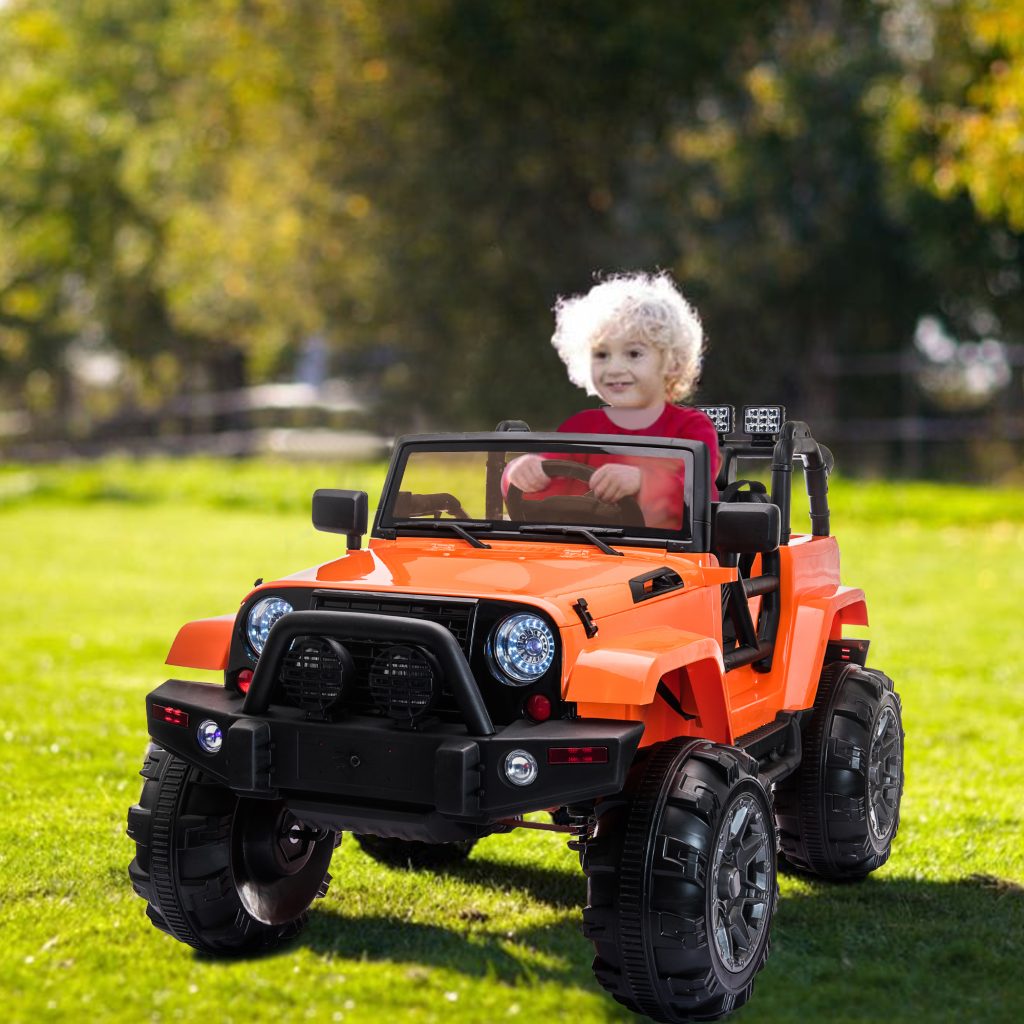
Memory
As they recall details, such as item orders, possible placements in structures, or how to complete a task, educational toys can aid children’s memory. This holds true for things like video games and coding, especially when a very complex set of instructions is needed to perform a particular action.
STEM studies
Many of the newest educational toys, especially the ones that can be connected, are geared toward assisting children in developing critical STEM skills, which stands for Science, Technology, Engineering, and Math. This can include everything from elementary coding to advanced coding and programming languages. It might involve programming a toy robot to walk across the room, pick up something, and bring it back to you, or it might involve putting pieces of a toy caterpillar together to make it move a certain way on the floor.
Cooperative play and other life skills
Children learn about cooperative play through educational toys, whether it’s playing with other children as they compete in strategic challenges or with their parents who assist them. Children can discover how certain actions they take result in related reactions, such as pulling a lever to unlock a locked door or pressing a button to produce a particular sound.
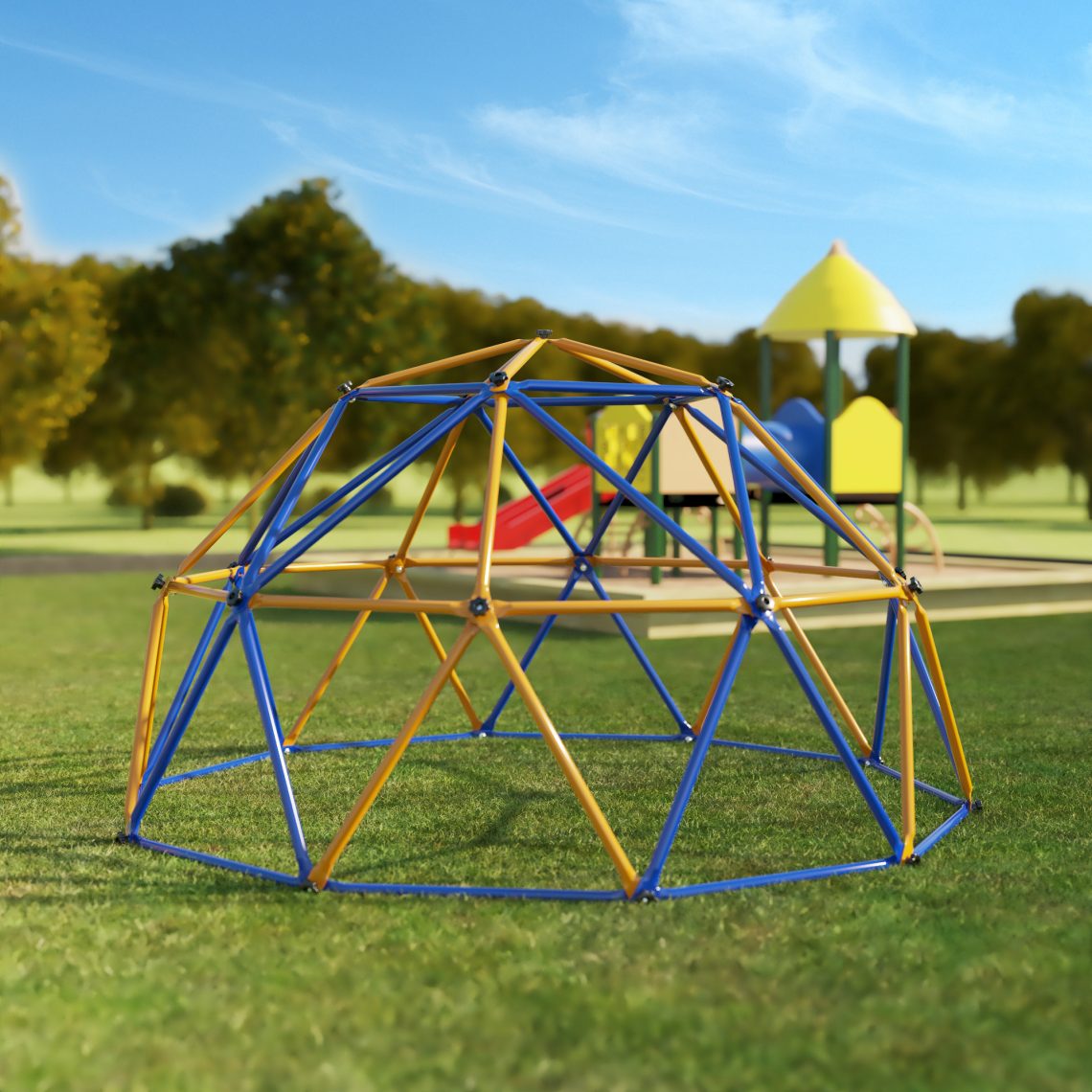
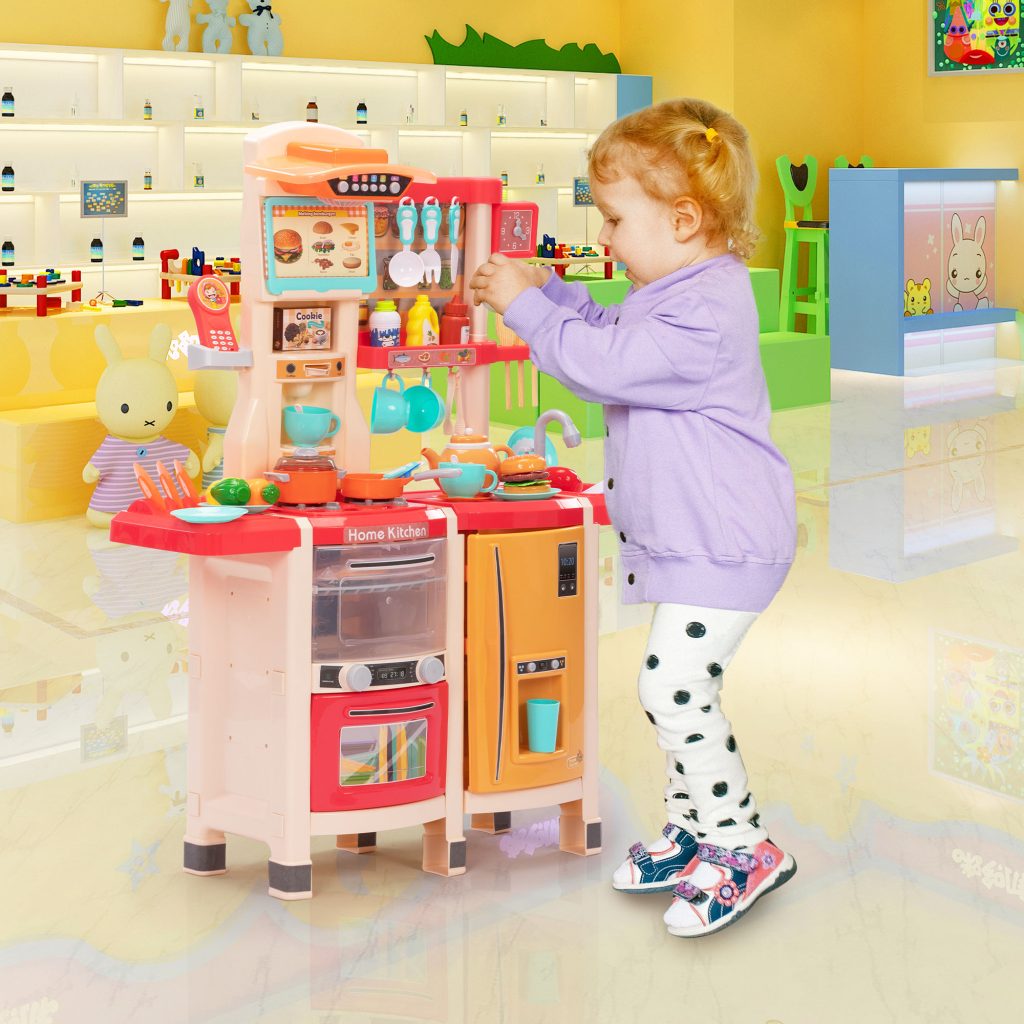
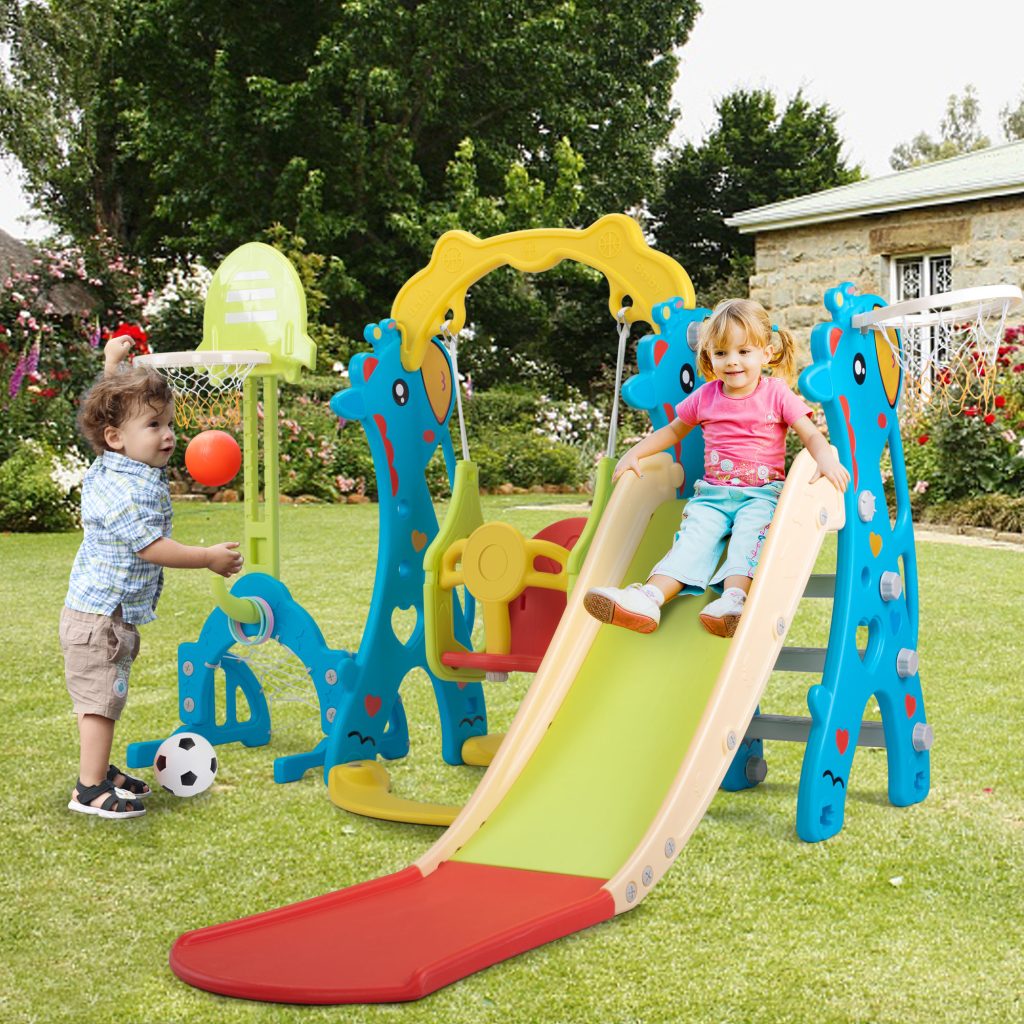
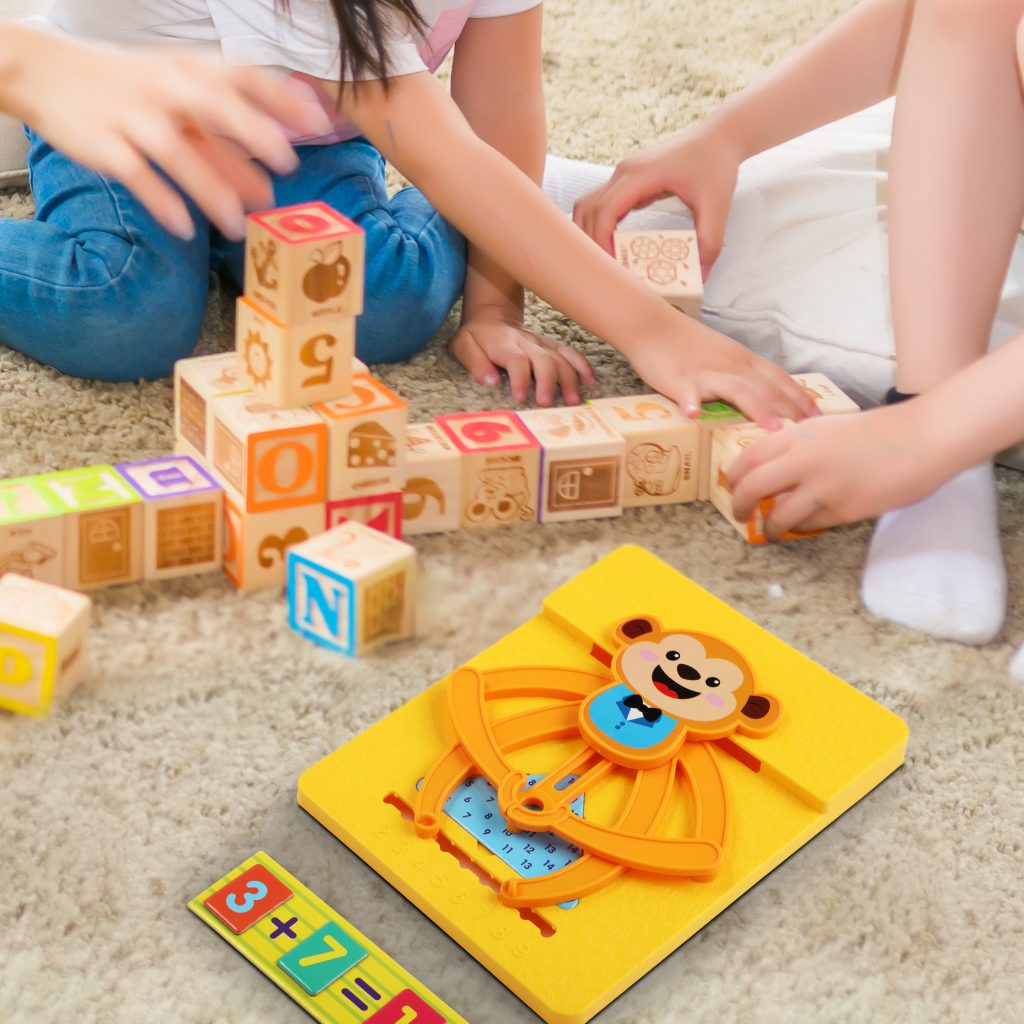
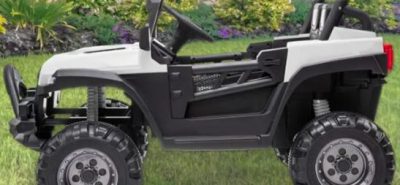
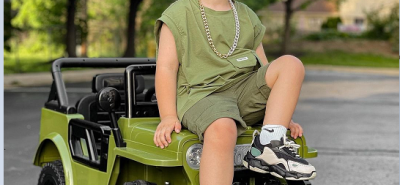
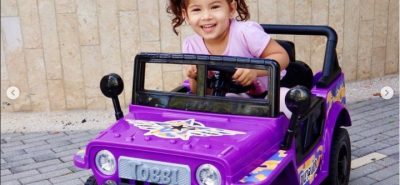
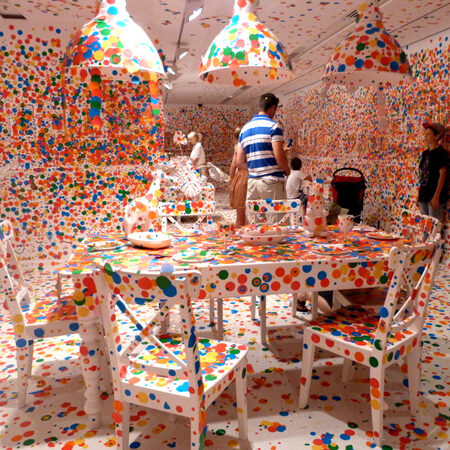

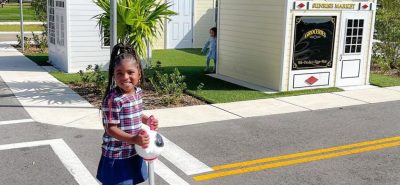
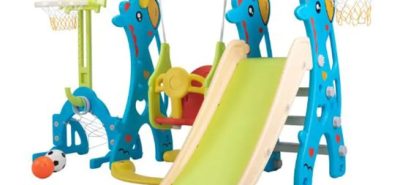
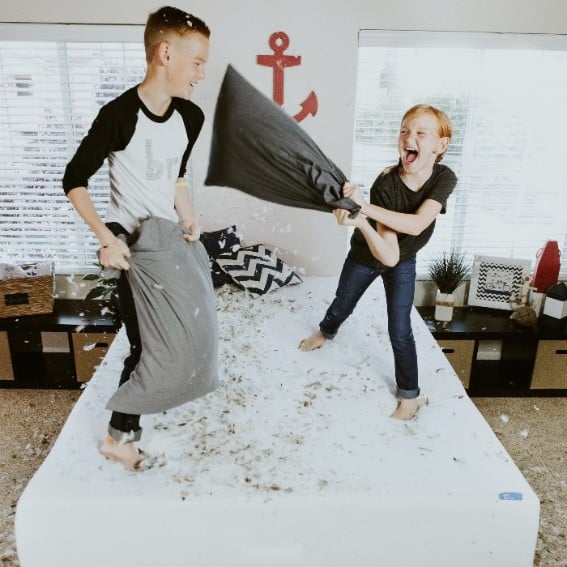


LEAVE A COMMENT
You must be logged in to post a comment.